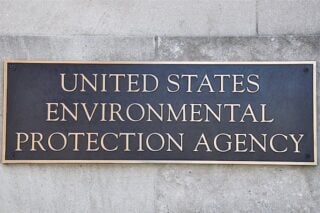The Environmental Protection Agency (EPA) recently released a list of 31 Superfund sites across the country that will be under a renewed focus to return these once toxic sites to a beneficial aspect of their communities. This list of prospective sites is expected to continue to grow as progress is made and other clean ups are completed.
The EPA released the list in response to the Superfund Task Force Recommendations from the summer. The recommendations highlighted an effort to focus on improving clean up and quicker redevelopment potential for Superfund sites.
The list includes a variety of sites, including former chemical plants, refineries, and mines. Several of the sites listed for commercial redevelopment were known for the dangers of asbestos contamination, like the BoRit Asbestos Superfund Site in Ambler and two asbestos sites in Libby, Montana.
EPA Administrator Scott Pruitt explained these initial 31 sites were chosen because of their commercial potential, which was evaluated based on the land value, outside interest in the land, and access to roads. The EPA also noted that redevelopment projects for sites like this have already allowed many communities to reclaim thousands of acres of once-contaminated land.
One of Pruitt’s main goals in his role has been to work on speeding up the cleanups for Superfund sites to allow for a better turnaround time in redeveloping the land. Pruitt has stated that so far he has managed to see the sites complete cleanups faster than his predecessors, though reports show a similar amount of progress in past years. Now, he’s setting his sights on revitalizing these locations once they’re deemed to be safe.
“EPA is more than a collaborative partner to remediate the nation’s most contaminated sites, we’re also working to successfully integrate Superfund sites back into communities across the country,” said Pruitt. “Today’s redevelopment list incorporates Superfund sites ready to become catalysts for economic growth and revitalization.”
For some of the 31 locations, the entire Superfund site is included for revitalization. For others, like Libby, only certain segments of the sites are listed as suitable for redevelopment. This may be because of the location and type of land available at the sites or because there is still ongoing cleanup, such as with some segments of Libby’s sites.
With that in mind, the list is meant to be dynamic and will remove and include more sites – or additional segments of already included Superfund sites – as deemed appropriate.





